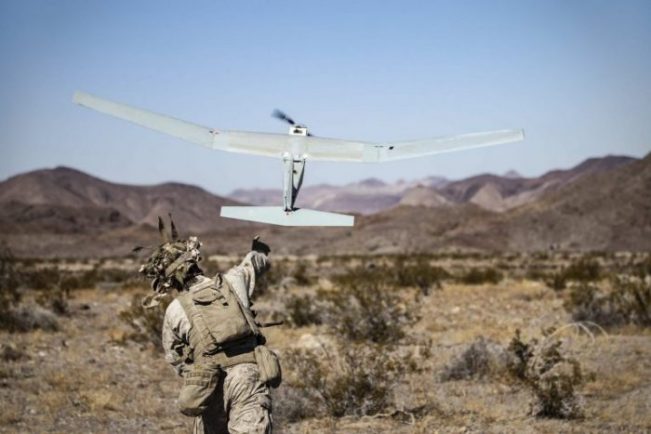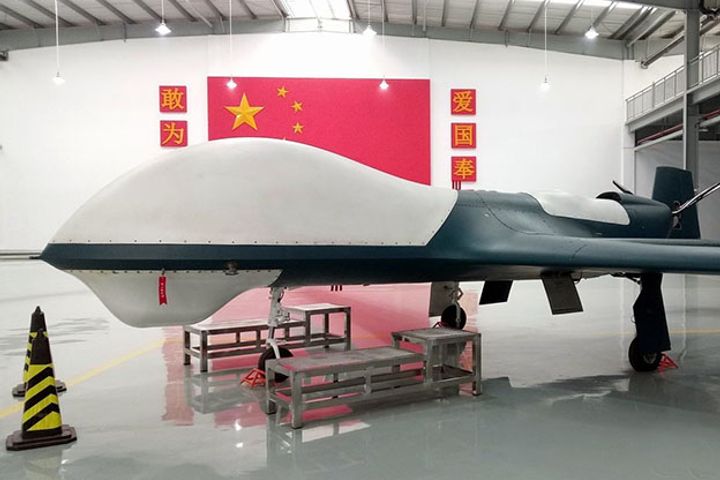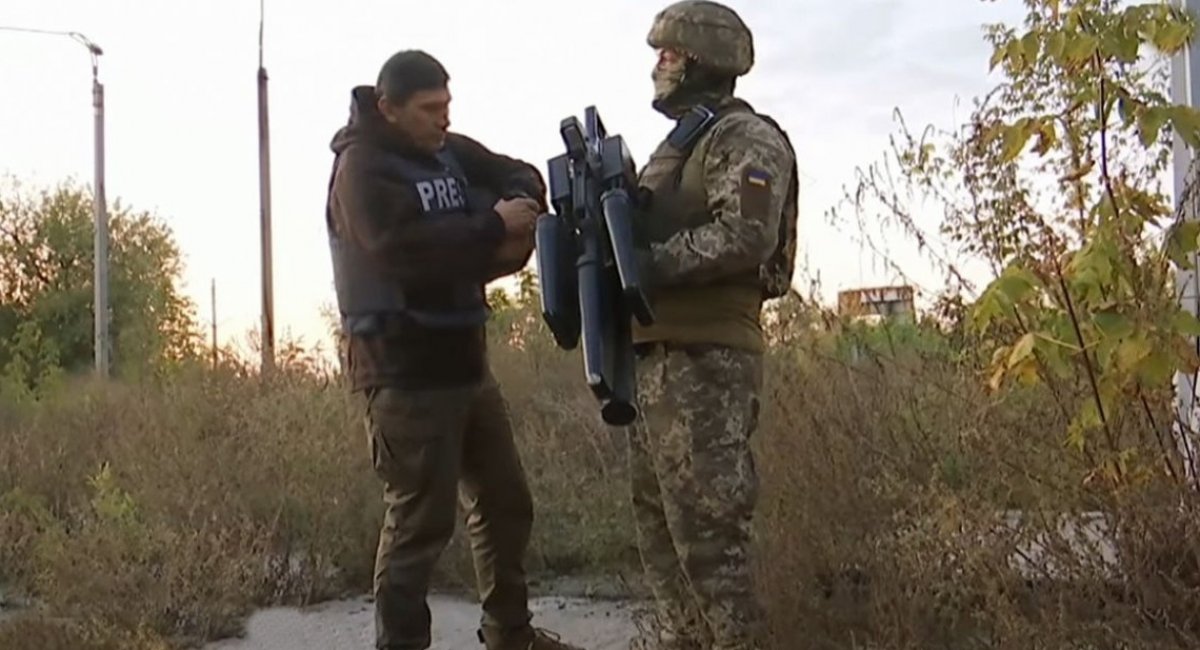
Drone strikes have many implications in counterterrorism policy. What are the limitations of drones in their current generation? What are the possibilities for future drones? These topics will be discussed in the following article. First, let's identify the two main types that drone strikes should be directed at. What does this all mean for counterterrorism policies? Let's start by defining disparate behavior. Antiterrorism professionals need to know the difference between flocked or grouped behavior among drone targets.
The definition of disparate or flocked/grouped behavior types for drone targets
A variety of control strategies can be used to influence multiple drones' behavior. These strategies are more effective than human operators in some situations. The basic principle behind the UAV control system is to not make myopic decisions and account for rewards that are beyond the UAV's ability to see.
Current-generation drones have limitations
Drones can be used in war, and they have many advantages, such as increased speed and better detection of targets. However, drones also have their limitations. Royal Air Force drones flew in Afghanistan to engage explosive-laden trucks. It killed four Afghan civilians while injuring the other two. Additionally, the drone's mission posed additional risks for both the crew as well as the aircraft. This must be carefully assessed before this type weaponry is deployed.

Drones have advanced over the years, and the development armed drones coincided closely with terrorist attacks that changed the United States. The "war on terror" has challenged traditional ideas of war and battlefield. Drones present new challenges when navigating the legal systems, especially regarding the spirit of the laws. This paper examines the ways that technology advances in wartime may affect our understanding of jus ad bellum and the principles of warfare.
Counterterrorism policy: Impact of drones
Terrorists can be targeted and punished with drones. Drones are capable of providing intelligence and early warnings about enemy behavior and intentions. As a result, they may improve the chances of detection. Shooting down a drone does NOT necessarily mean an escalated conflict. Targeted attacks can often lead to more casualties or a more aggressive enemy.
Drone strikes can often be accompanied by increased fear and apprehension. Drone strikes can increase terror fear among citizens. The trauma they cause also fuels anti-American sentiment and aids recruitment of armed groups. The collateral damage suffered by the Islamic State in Iraq, Syria, and al Qaeda networks during U.S. military strikes is used by the network to support their recruitment efforts. These are called "blowback" and are long-term, unintended consequences of today's counterterrorism policies.

FAQ
Is it safe for a driver to fly a drone?
Driving a drone is dangerous, as it could cause an accident or crash into another vehicle. Additionally, you may hit pedestrians or animals. You could also damage your car if you hit power lines, trees, or other buildings.
What's the difference between quadcopters and hexacopters?
A quadcopter, a four-rotor helicopter, flies just like a helicopter. The quadcopter has four independent rotors. The hexacopter looks similar to a quadcopter, but it has six rotors rather than four. Hexacopters offer more maneuverability and stability than quadcopters.
What are the laws regarding flying drones
The Federal Aviation Administration (FAA), oversees all aspects of drone operation in the United States. The FAA must issue a certificate before you can commercially operate a drone. First, you need to take a course about piloting and pass an exam. The final step is to pay the fee.
Do I need special training to fly a drone?
To fly your drone, you don't have to be an expert in flight mechanics. You only need a remote controller unit and basic knowledge about flight mechanics.
Is it possible to spy on someone with a drone?
Anyone can spy on you with a drone. You can protect yourself against drones by being aware of them and avoiding areas where they might fly. You should immediately call 911 if you see a drone fly around.
Statistics
- With the top 10% making over $100/h and the bottom 10% making as low as $10/h. (dronesgator.com)
- Research and Markets predict a growth rate of 51.1% over the next five years. (thedroneu.com)
- According to Indeed, a drone pilot gets paid $25.73 per hour on average in the US. (dronesgator.com)
External Links
How To
How to Fly Drones With Beginners
A drone can be used to fly remotely controlled aircraft for photography, surveillance, scientific research, hobby and commercial purposes. Drone technology has been around since World War II. DJI introduced their Phantom series of quadcopters in 2010, but commercial use only began in 2010. From beginner-friendly drones such as Parrot AR Drone 2.0 through professional-grade multirotor craft like DJI Mavic Pro, many types have been available.
There are many ways to fly a drone.
-
Remote control - This allows you to control the drone from your hand. There are two main types, On/Off switches (like radios) and joysticks.
-
Manual Control - Using a smartphone app, this method allows users to remotely operate the drone via GPS coordinates. You must keep track of the location where you want the drone to go and follow the instructions from the app.
-
Autonomous Flight - This method involves leaving the piloting duties to the drone itself. It's basically flying autonomously without any human intervention. To enable autonomous flight, the drone should have a built in camera and sensors capable recording images and data.
-
Triggered Flight – This method is very similar to manual flight. The pilot creates a route that the drone will follow until it reaches the destination. After the preprogrammed route is complete, the drone will automatically land and return to its base.
-
Landing Gear- Some drones include landing gear that allows for safe landing if the power goes out or they run out of batteries.
-
Goggles - Pilots may wear goggles to shield themselves from flying debris.
-
Camera - You can capture photos and videos with your drone from the air.
-
Obstacles. Some drones can have obstacle avoidance technology that stops them from hitting obstacles.
-
Speed – Some drones can reach speeds in excess of 40 mph.
-
Battery Life: Most drones have a battery life of between 20 and 30 minutes depending on how many power sources you use.
-
Distance - Some drones can travel up 30 miles depending on the model.
-
Power source - Some drones require an external power source; others work off internal batteries.
-
Weight – Some drones are less than one pound, while other models can be up to four pounds.
-
Size - Drones can range in size from tiny devices that can fit in your palm to heavy crafts that weigh 50 pounds.
-
Price - Drones come in a variety of price categories, including high-end models which can run into the thousands and low-cost options that can start at $100.